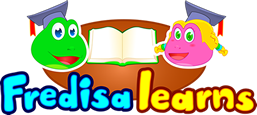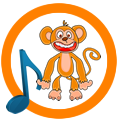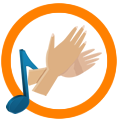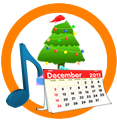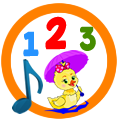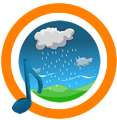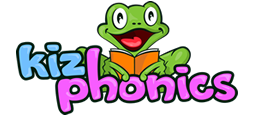Zoo Animal Song
- Song: Zoo Animals Song
- Learning Objectives: This song will help learners review words and phrases used when talking about zoo animals.
- Key phrases/sentences: Who will we meet at the zoo? A lion that will roar.
- How to use: Turn on the music and the video. Let the students listen and watch once or twice. Break down the song and teach. To do that, tell students you will sing one part of each line and they will complete it.
- Students' Line: Who, who, who will we meet at the zoo?
- Teacher's Line: A lion that will roar
- Why use songs in English Lessons?
Teacher's Line: Zoo, zoo
After this, change roles.
Students' Line: when we walk up to his door.
Keep doing this and before you know it, your learners will be singing the whole song without any help. That's how you get these phrases and sentences firmly implanted in their brains.
Research has shown that young learners can absorb words and sentences twice as fast if they get to sing them. Songs also have the added advantage of reducing stress in the classroom. Every teacher knows that when students are less stressed, they learn better.
